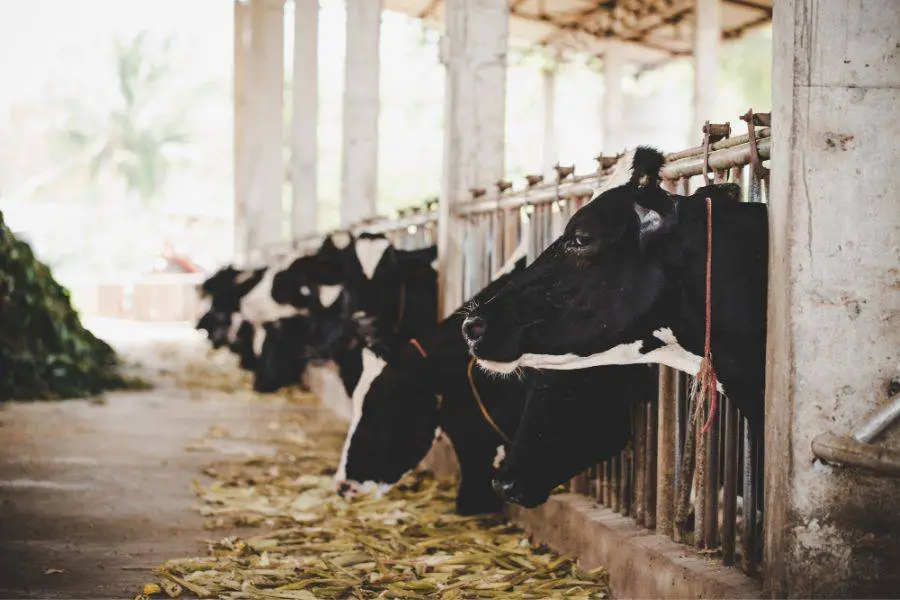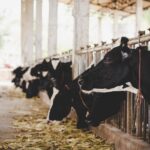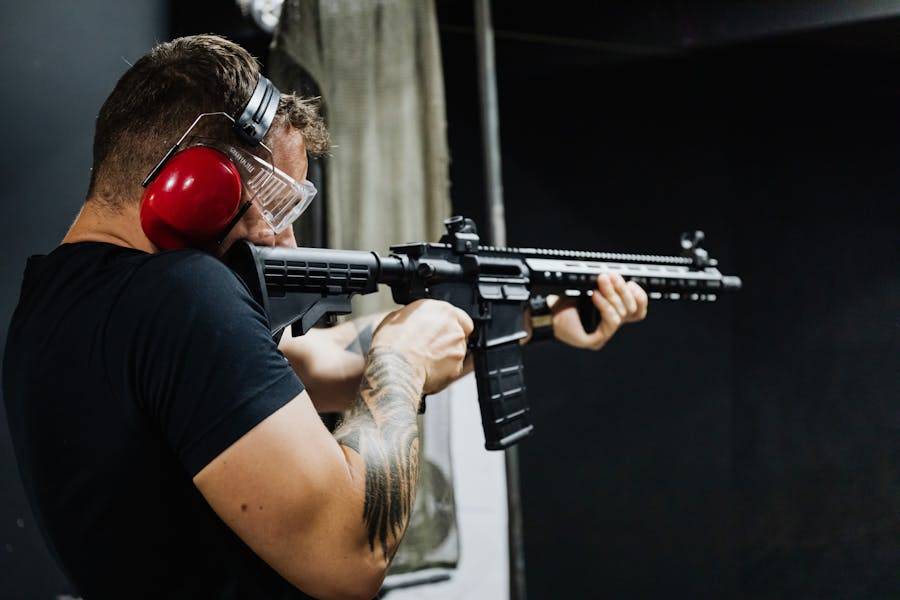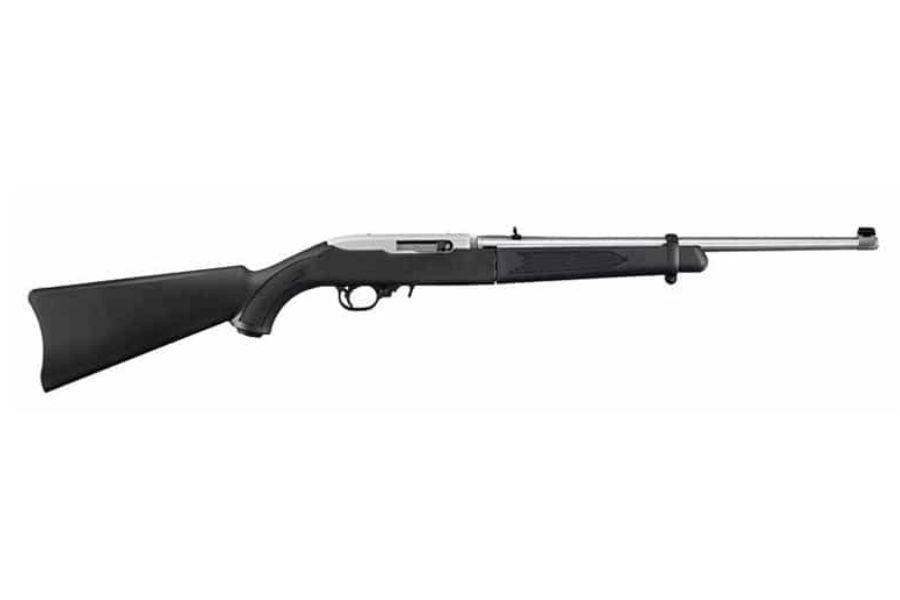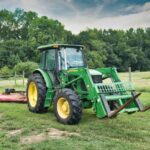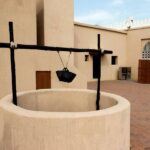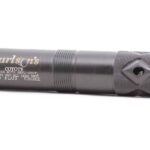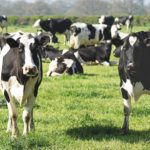Table of Contents
Cattle panels and hog panels are integral parts of livestock management. These fence-like structures are designed to contain and protect animals, ensuring they stay within designated areas.
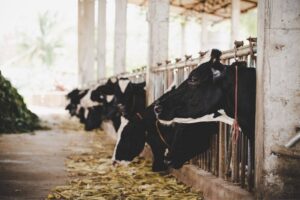
Both panels serve similar purposes but are tailored to the specific needs of different types of livestock.
This article aims to provide a detailed comparison between cattle panels and hog panels.
By understanding their differences and similarities, farmers and ranchers can make informed decisions about which type of panel is best suited to their needs.
Panel Construction
Cattle Panel Construction
Cattle panels are typically constructed using heavy-duty galvanized steel or iron.
They are designed with wider spacing between the wires, allowing cattle to stick their heads through without getting stuck.
The robust construction ensures that they can withstand the weight and force exerted by large animals like cows and bulls.
Hog Panel Construction
Hog panels, on the other hand, are designed with smaller gaps between wires. This design prevents hogs from squeezing through the spaces.
Like cattle panels, they are also often made from durable materials such as galvanized steel or iron, ensuring longevity and resistance to damage.
The primary difference in the construction of these panels lies in the size of the gaps between the wires.
Cattle panels have larger gaps suitable for bigger animals, while hog panels have smaller gaps to prevent smaller animals from escaping.
Panel Functionality
Functionality of Cattle Panels
Cattle panels are designed to contain and manage cattle. Their sturdy construction ensures they can withstand the strength of large animals.
Additionally, the wider gaps allow for easier feeding of the cattle, as they can reach through the panels to access food and water.
Functionality of Hog Panels
Hog panels serve a similar purpose but are more suited to smaller animals.
The smaller gaps prevent hogs from escaping, while the robust construction ensures the panels can handle the weight and force of these animals.
Both panels serve similar functions but are adapted to the size and strength of different animals. Cattle panels are more suited to larger livestock, while hog panels are ideal for containing smaller animals.
Durability and Longevity
Durability of Cattle Panels
Cattle panels are built to last. The heavy-duty materials used in their construction ensure they can withstand harsh weather conditions and the force exerted by large animals.
With proper maintenance, cattle panels can last for several years.
Durability of Hog Panels
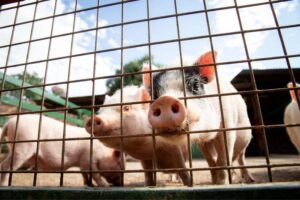
Like cattle panels, hog panels are also highly durable. They are made from robust materials that can resist damage from both the animals and the elements.
With regular upkeep, these panels can also serve a farm for many years.
Both cattle and hog panels offer excellent durability and longevity, thanks to their robust construction.
However, the lifespan of these panels can be affected by factors such as the severity of weather conditions and the force exerted by the animals.
Size and Dimensions
Size and Dimensions of Cattle Panels
Cattle panels come in various sizes, with standard dimensions being 16 feet in length and 50 inches in height.
The panels usually have six to eight horizontal wires with wider spaces between them to cater to larger animals.
Size and Dimensions of Hog Panels
Hog panels are typically smaller, with standard dimensions being 16 feet long and 34 inches high. They have more horizontal wires with smaller gaps to prevent hogs from squeezing through.
While both panels come in similar lengths, cattle panels are usually taller and have fewer horizontal wires with larger gaps.
Conversely, hog panels are shorter with more wires and smaller spaces between them.
Installation Process
Installing Cattle Panels
The installation of cattle panels involves setting up posts at regular intervals, typically every 8 feet. The panels are then attached to these posts using specialized clips or fasteners.
It is a relatively straightforward process that can be done with basic tools and some manual labor.
Installing Hog Panels
Installing hog panels follows a similar process. However, due to the smaller size and more substantial number of wires, it may require a bit more precision and time.
The process involves setting up posts, attaching the panels, and ensuring they are secure.
While the installation processes for both types of panels are similar, installing hog panels may require a bit more effort due to their smaller size and increased number of wires.
Cost and Maintenance
Cost and Maintenance of Cattle Panels
Cattle panels are generally more expensive due to their larger size and robust construction. However, they offer good value for money given their durability and longevity.
Maintenance involves regular inspections for any signs of damage and immediate repairs if necessary.
Cost and Maintenance of Hog Panels
Hog panels are typically cheaper than cattle panels due to their smaller size. They also require regular maintenance, including inspections and repairs, to maintain their functionality and prolong their lifespan.
While cattle panels may have a higher initial cost, their durability and longevity can make them a cost-effective choice in the long run.
On the other hand, hog panels, while cheaper, may require more frequent replacements due to their smaller size and the energetic nature of hogs.
Safety Measures
Safety Measures for Cattle Panels
Safety measures for cattle panels include ensuring they are securely installed to prevent cattle from knocking them over. The edges should also be smooth to prevent injuries to the animals.
Safety Measures for Hog Panels
For hog panels, safety measures involve ensuring the panels are secure and the gaps are small enough to prevent hogs from escaping. The panels should also be free of sharp edges to prevent injuries.
Both types of panels require similar safety measures, including secure installation and smooth edges. However, hog panels require additional attention to the size of the gaps to prevent escapes.
Impact on Livestock
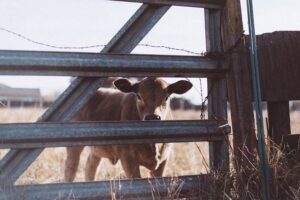
Impact of Cattle Panels on Livestock
Cattle panels provide a secure environment for cattle, helping manage their movement and behavior. They can also facilitate feeding and other management practices.
Impact of Hog Panels on Livestock
Hog panels help contain hogs within designated areas, preventing them from escaping and causing damage. They also facilitate feeding and management practices.
Both cattle and hog panels play crucial roles in livestock management, providing secure spaces for animals and facilitating feeding and other practices.
The choice between the two largely depends on the type of livestock being managed.
Conclusion
While cattle panels and hog panels serve similar purposes, they differ in their construction, size, cost, and suitability for different types of livestock.
Understanding these differences is crucial for making an informed choice based on specific needs and circumstances.
When choosing between cattle panels and hog panels, factors to consider include the type and size of livestock, budget, available space, and specific management needs.
In conclusion, both cattle panels and hog panels are essential tools for livestock management.
By understanding their differences and similarities, farmers and ranchers can make the right choice for their specific needs.

